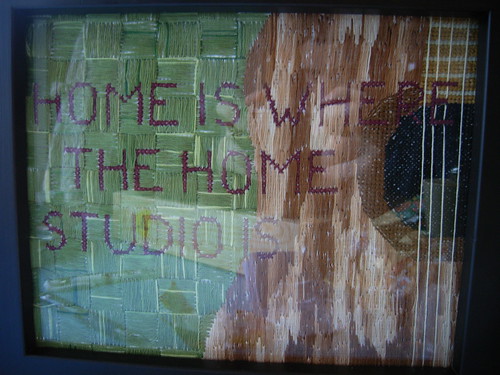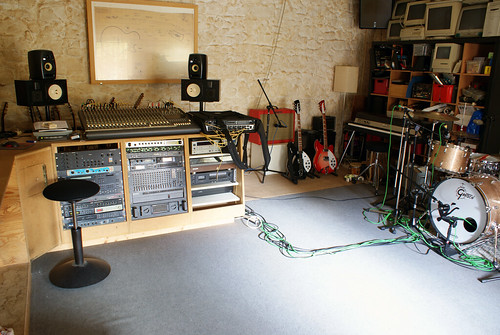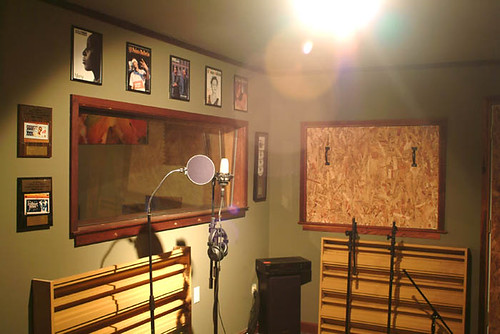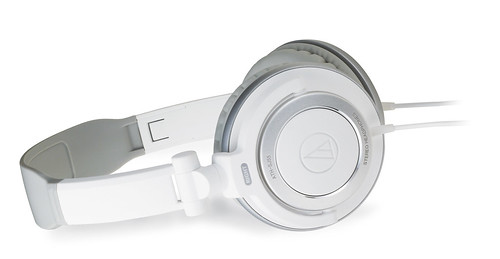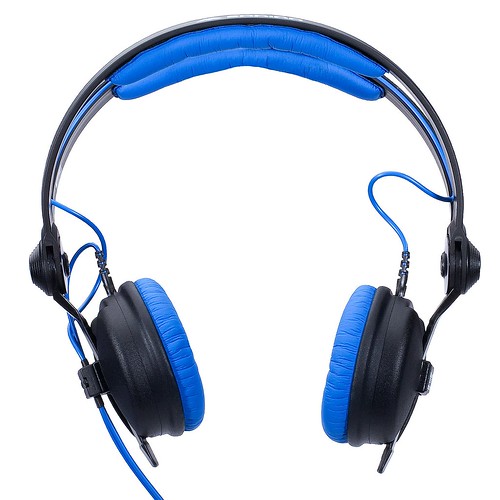Home Studios – The Best Way to Demo Your Band!
If you’re in a band you’ll know that you will only get so far without demos. After a bit of live gigging you’ll be feeling match fit and that’s the time to start thinking about getting some demos done. If you have already spent some time looking into this then you’ll know the costs involved. Hiring a studio for the day is expensive and that’s before you add on the extra costs for example an engineer and producer. Assuming you can get it all done in a day (which will be a battle in itself) you’ll then have to pay for the track or tracks to be mixed and mastered and finally produced. It’s a big exercise and one that not many bands can afford without financial backing.
The way forward is to do it yourself! Your set up costs won’t be anything near as much as getting it done professionally. Ok it may be flawed but the people who are going to listen are going to know you’re on a budget so they will make allowances for that. The beauty of doing it this way is that once you are set you can record as much as you like at a pace that suits you. You’ll be far more relaxed when you’re not on a deadline. Here’s how to get started:
What You’ll Need
You’ll need some audio recording software such as Cubase or ProTools. If you’re on a real budget you can find free downloads of similar software without as many bells and whistles. Then you’ll need some decent microphones. The drum kit will need to be mic’d up (with a bass mic in the bass drum) and any instruments without Direct Inputs will need ambient microphones. The one thing you should really invest in is a really good quality vocal condenser mic, as the clarity of your vocals is really important. Guitars can be plugged into a mixing desk (which you probably already have if you have your own PA). Once you’ve got all this you’re pretty much good to go!
The Room
There’s another thing to think about before you start though. You’ll need to record in a room that is suitable. Some people use garages or rooms that aren’t used much – the last thing you want is loads of people coming in and out. Lock the doors so you are not disturbed and it’s really important that you get some insulation foam up on the walls. This will act as a sound-proofer so your neighbours won’t get too angry, and it will also soak up any echoes meaning you will get a much dryer sound to record with.
Once you’ve got your room and all your gear ready it’s time to get that epic album down on record! Start by laying down the drums, bass and guide vocals. Add in the guitars once by one and when you’re totally happy then throw the proper vocals (making sure you remove the guide!). Get it mixed, mastered and produced and start selling it (and start paying off the gear!).
Attached Images:
- License: Creative Commons image source
- License: Creative Commons image source
- License: Creative Commons image source
The contributor of this post, Sam Wellback, is a music producer and likes to reach out to his audience through his blogs. He likes to write about ways to record demo songs at home. He also shares factors that should be kept in mind while recording, such as insulation of the recording room and prerequisite audio recording software like Cubase or Pro Tools etc.
